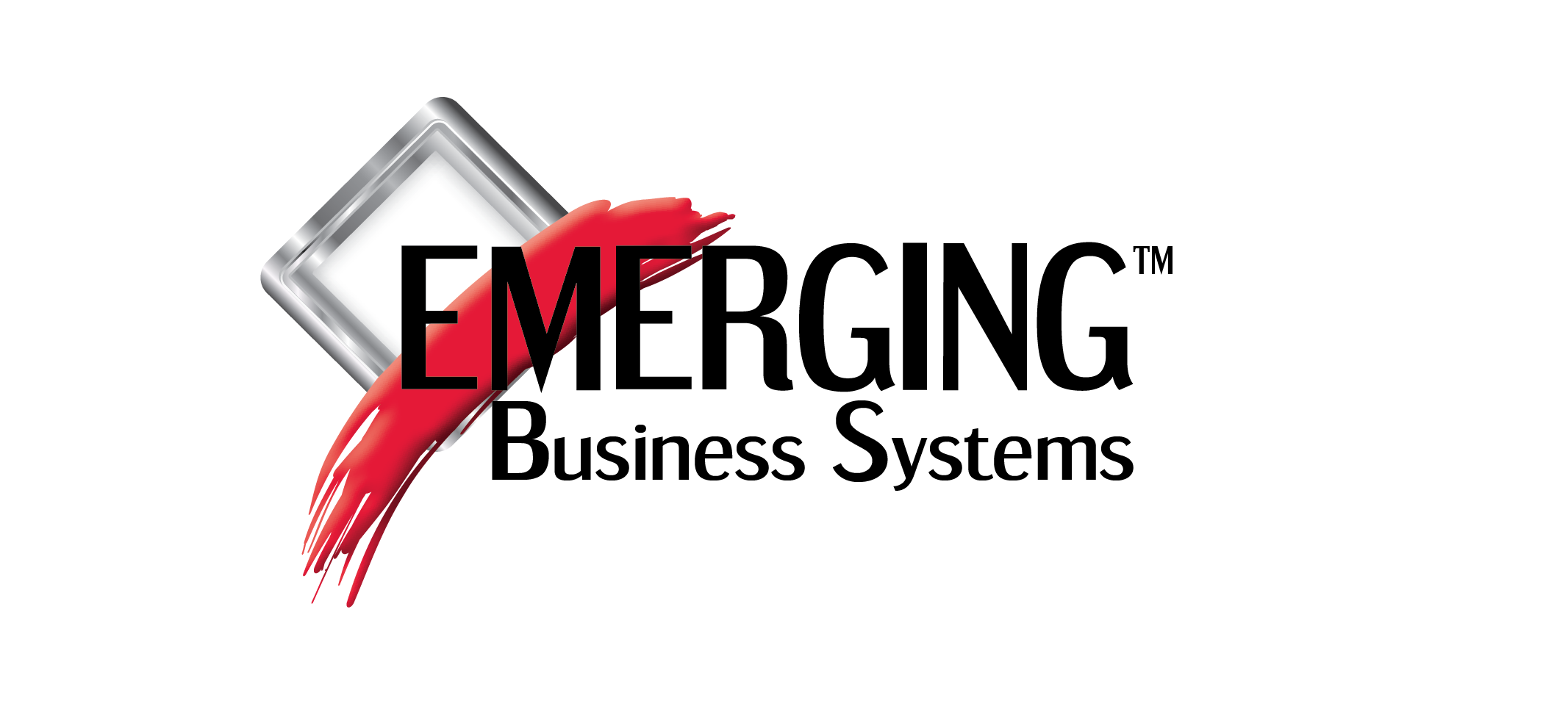The Complete Website Planning Checklist
 You want to create a brand new website, right? Awesome! You’ve come the right place if you want to redesign an existing website, or start from scratch. Many things need to be considered. This handy website planning check list will cover all bases.
You want to create a brand new website, right? Awesome! You’ve come the right place if you want to redesign an existing website, or start from scratch. Many things need to be considered. This handy website planning check list will cover all bases.
Step 1 Register your domain.
Domain is the name of your website. It usually ends in.com. Registering a domain is a good idea if you do not have one yet. Log in to your account if you already own one to make sure you have the correct domain, and your billing information is current.
Step 2: Define your ideal client.
Whom does your business serve? The first step to marketing your business and creating your website is to develop your ideal customer persona. A persona of your ideal customer will help you communicate effectively with your target audience.
Step 3 Write a key benefit statement.
It is a concise, persuasive explanation of why your product or service is valuable to your target customer. This will help you capture your website visitors’ attention and explain why your business is important to them.
Step 4: Set goals for your website.
What is the goal of your website? You want your website to generate sales and leads, of course.You’ll have to educate your audience about your products and encourage them to buy. Define your goals and how you can achieve them with the help of your website.
Step 5 Choose a primary action to be taken.
A call to actions is a short phrase or word that tells visitors what they should do once they arrive on your site. What would you like your website visitors to do? What should they do first to work with you or purchase your product?
Choose a primary action to take. Your website should be designed to encourage visitors to take this action.
Step 6: Outline your technical requirements and features.
What is the purpose of your website? What features or technologies are required to achieve these goals?Blog?Are you going to accept online payments? Do you need an online shopping cart for your website? Should your website be integrated with the other technologies you use for your business?
Make sure that your website platform can perform the tasks you need it to.
Step 7: Compile your business information
Describe your company.What is it? What services and products does it offer? Who is it helping? This information will help you to clarify the message that you want to convey to your audience. This will help you to plan the content of your website.
Step 8: Take stock of your brand assets.
What assets are available for use on your site? Brand assets can include your logo, brand guide, photos of staff, videos, etc. Organize all your assets in one location so that they are easily accessible.
Step 9: Plan the content of your website
The most important step to planning a website is writing and organizing the content. Create an outline of your website navigation (menu items) and the pages you want to include. You can then start writing the text and headlines once you’ve created a content outline.Note the images, videos or other assets that you will include on each page.
